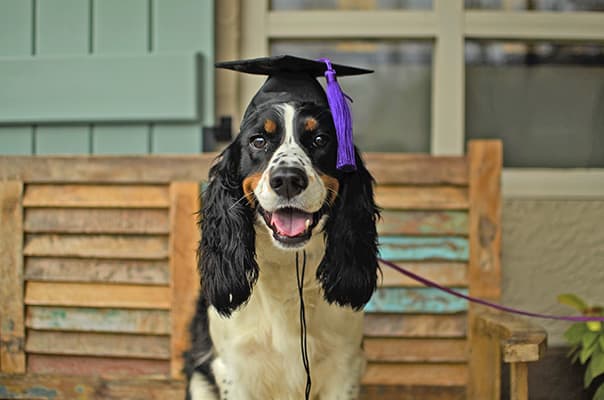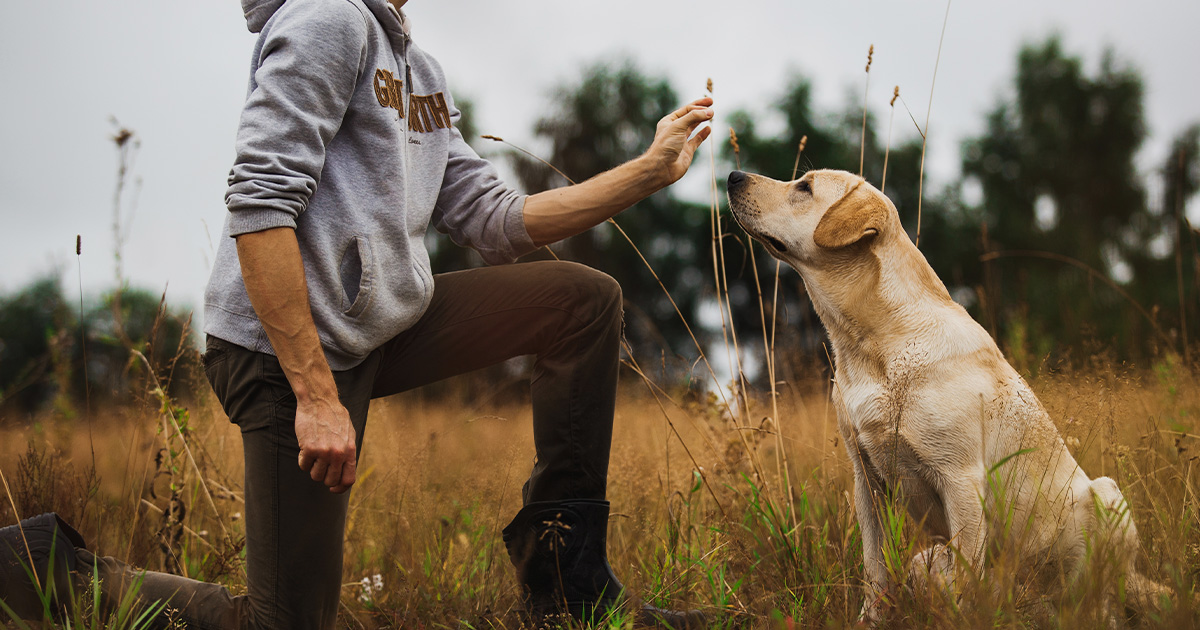Puppy Training That Teaches Key Skills for Lifelong Good Behavior
Puppy Training That Teaches Key Skills for Lifelong Good Behavior
Blog Article
Novice's Guide to Effective Pet Dog Training in the house
Successfully training a pet dog at home calls for a nuanced understanding of canine habits and effective communication approaches. Establishing clear training goals, utilizing high-quality incentives, and maintaining uniformity across family participants are vital elements. Incorporating training into everyday regimens can improve both involvement and retention.
Recognizing Pet Actions
Comprehending canine habits is important for efficient training and promoting an unified partnership in between human beings and their canine buddies - Puppy Training. Dogs communicate mainly via body language, vocalizations, and face expressions, making it vital for owners to interpret these signals properly. Acknowledging habits such as tail wagging, roaring, or trembling can supply insights into a canine's mood and purposes
Additionally, understanding the natural reactions of pets, such as their pack mentality, assists proprietors develop leadership functions within the home. This is essential for creating an organized atmosphere where pet dogs really feel secure and are a lot more responsive to training. Pets are also influenced by their socializing experiences; very early exposure to various environments, individuals, and other animals can substantially shape their behavior later in life.
Common behavior concerns, such as hostility, stress and anxiety, or extreme barking, frequently stem from misconceptions or unmet needs. Observing and resolving these concerns without delay can stop rise and make certain a favorable training experience. By promoting a deep understanding of pet dog actions, proprietors can customize their training approaches to suit their canine buddies, eventually leading to a well-behaved and contented pet dog.

Important Training Tools
A fully equipped training room can significantly boost the efficiency of pet training in your home. Vital training tools guarantee that both the trainer and the pet can participate in efficient sessions that cultivate learning and bonding.

Buying a durable leash and a comfortable, well-fitting collar or harness is vital for safety and control. These tools assist develop limits and make sure the pet continues to be secure during training. In addition, a marked training location, complimentary from interruptions, aids focus for both the instructor and the canine.
Educating aids such as training pads, cones, or dexterity tools can additionally boost the experience by presenting selection and difficulties. Having a note pad or digital application for tracking development can be indispensable, permitting you to keep in mind successes and areas for enhancement. Utilizing these crucial tools will create a positive training environment and lay the structure for effective discovering.
Developing a Training Routine
Establishing a regular training regimen is crucial for effective dog training in your home. A well-structured routine not just helps in strengthening wanted actions however also offers your pet with a feeling of security and predictability. To develop an effective training routine, start by identifying particular training objectives, such as fundamental commands, chain walking, or house-breaking.
Pick an assigned time every day for training sessions, preferably when your pet is responsive and sharp. Sessions must be brief, approximately 5 to 15 minutes, to maintain emphasis and stop tiredness. Consistency in timing and atmosphere will improve your dog's learning experience.
Include training into everyday tasks to enhance abilities. For instance, method commands during walks or mealtime, which integrates learning into natural routines. Furthermore, remain adaptable and change the regular as needed, fitting your canine's power levels and state of mind.
Positive Support Techniques

When executing favorable reinforcement, it is important to select incentives that are encouraging for your dog. High-value treats, such as little items of chicken or cheese, can be particularly effective throughout training sessions. In addition, differing the incentives can keep your canine's rate of interest and enthusiasm.
Beginning with basic commands, like "rest" or "stay," and slowly progress to a lot more complex jobs. Uniformity is key; ensure that all relative utilize the very same commands and incentive systems to prevent complication.
In addition, it is essential to continue to be patient and stay clear of stress. Dogs, like humans, discover at their own pace. By promoting an encouraging training setting with positive reinforcement, you can boost your canine's discovering experience while enhancing the bond in between you and your hairy buddy, preparing for effective training end results.
Typical Training Obstacles
While training a pet in the house can be a gratifying experience, it commonly features a collection of typical obstacles that can evaluate both persistence and consistency. One widespread concern is disturbance. Pets might become easily sidetracked by noises, activities, and even scents in their setting, making their explanation it challenging to keep their emphasis throughout training sessions.
An additional difficulty is incongruity in commands and reinforcement. If relative use various hints or benefits, it can puzzle the canine and impede progression. Developing a unified technique is vital for effective communication.
Additionally, canines can experience irritation or stress, specifically if they do not understand what is anticipated of them. This can result in undesirable habits, such as barking or chewing.
Lastly, the timing of original site support is essential. Delayed rewards can reduce the performance of favorable reinforcement, as canines may fail to link the behavior with the incentive.
Getting rid of these difficulties requires commitment, clear interaction, and an organized training plan - Puppy Training. Acknowledging and addressing these usual challenges will lead the means for a more effective and satisfying training experience in your home
Final Thought
In conclusion, effective pet dog training at home necessitates a comprehensive understanding of canine habits and reliable interaction approaches. By establishing clear training objectives and making use of top notch deals with alongside favorable support, the training process ends up being much more rewarding for both the instructor and the canine.
Establishing a consistent training routine is essential for efficient pet training at home.Positive support techniques are essential to efficient pet training, advertising preferred actions via rewards rather than punishment. By fostering an encouraging training atmosphere with positive reinforcement, you can improve your pet's knowing experience while reinforcing the bond in between you and your fuzzy companion, laying the groundwork for successful training end results.
In final thought, successful dog training at home requires an extensive understanding of canine actions and effective communication approaches. By developing clear training goals and using high-quality deals with together with favorable support, the training process becomes much more satisfying for both the fitness instructor and the dog.
Report this page